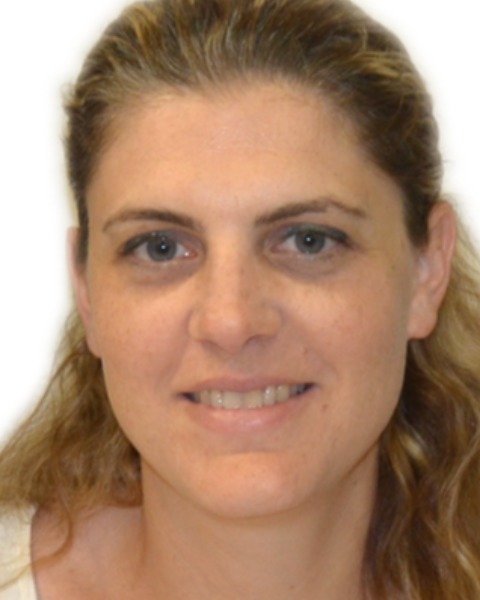Oral Concurrent Session 8 - Placenta & Cesarean
Oral Concurrent Sessions
Expedited Sessions
81 - Management of Postpartum Urinary Retention: A Multi-Center Randomized Controlled Trial
Study Design:
A prospective randomized controlled trial was conducted at 4 university-affiliated medical centers. Women with PUR (bladder volume >150 mL) up to 6 hours following vaginal or cesarean delivery were randomly allocated to one of two protocols: intermittent catheterization every 6 hours (up to 4 times) or an indwelling urinary catheter for 24 hours (continuous catheterization), until full resolution (defined as post-void residual volume < 150 mL, estimated by either catheter or transabdominal ultrasound). If PUR was not resolved after 24 hours an indwelling catheter was inserted for additional 24 hours in both groups.
The primary outcome was mean time to PUR resolution. Secondary outcomes included post-catheter urinary tract infection (UTI) rate and the length of hospital stay. We estimated that 73 women/group would have to be included to have 90% power to detect a 13 hours difference in the primary outcome (from 30±24 to 17±24 hours).
Results: From 1/2020 to 6/2022, 182 women were eligible for enrollment, while 147 women were eventually randomized: 73 in the intermittent group and 74 women in the continuous catheterization group. As shown in table 1, baseline and delivery characteristics were not different between the groups, including mode of delivery. Mean post-void residual bladder volume preceding catheterization was similar between the groups (813±410 mL vs. 924±448 mL, p=0.12) (Table 2(. Mean time to PUR resolution was significantly shorter in the intermittent catheterization group (10.2±11.8 vs. 26.5±9.0 hours, p< 0.001), with 75% and 93% resolution rates after one and two catheterizations, respectively. Satisfaction rate was higher in all categories among intermittent catheterization group. No difference was found in UTI rate or hospital stay.
Conclusion: An intermittent catheterization for PUR following delivery, compared to an indwelling catheter for 24-hours, is associated with a quicker PUR resolution, and a higher satisfaction rate, without increasing complications rate.

Dana Vitner, MD
Rambam Health Care Campus
- EK
Eli Kabakov, MD
Rambam Medical Health Campus
Haifa, Israel, Israel 
Roy Lauterbach, MD
Department of Obstetrics and Gynecology, Mount Sinai Hospital, Toronto, Canada
Toronto, Ontario, Canada- EB
Emily Ben ezry, MD
Wolfson Medical Center
Holon, Israel, Israel - EW
Eran Weiner, MD
Department head
Wolfson Medical Center
Holon, HaMerkaz, Israel, Canada - EY
Enav Yefet, MD, PhD
Department of Obstetrics and Gynecology, Baruch Padeh Medical Center Poriya
Tiberias, Israel, Israel - TK
Thana Khamaisi, MD
Azrieli Faculty of Medicine, Bar Ilan University
Haifa, HaZafon, Israel - ZN
Zohar Nachum, MD
Emek Medical Center
Afula, Israel, Israel 
Manal Massalha, MD
Department of Obstetrics and Gynecology, Emek Medical Center
Dabburiya Village, HaZafon, Israel- KS
Kahdeje Seh Shmali, MD
Department of Obstetrics and Gynecology, Emek Medical Center
Afula, HaZafon, Israel - YG
Yael Ganor Paz, MD
Senior physician
Department of Obstetrics and Gynecology, Samson Assuta Ashdod University Hospital
Shoham, HaDarom, Israel - Nk
Nizar khatib, MD
Rambam Healthcare Campus
Acre, Israel, Israel - Yz
Yaniv zipori, MD
Rambam health care campus, Haifa, Israel
Haifa, Hefa, Israel - ZW
Zeev Weiner, MD
Rambam Health Care Campus
Haifa, Israel, Israel 
Gal Bachar, MD (she/her/hers)
Rambam Healthcare Campus
Haifa, Israel

.png)
